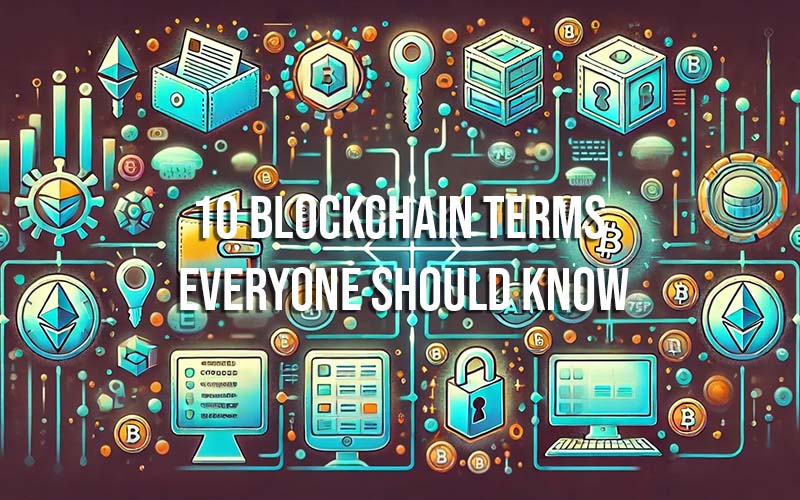Why Blockchain Matters Beyond Cryptocurrency
Mon, 31 Mar 2025

Follow the stories of academics and their research expeditions

If you're just getting started with blockchain, you've probably heard terms like "hashing," "mining," and "consensus" thrown around a lot. They sound technical—and, to be fair, they are—but they’re also fundamental to understanding how blockchain networks actually work.
This post is your beginner-friendly walkthrough of these three key concepts. We’ll keep it simple, current, and easy to digest—even if you’re not a developer.
What Is Hashing?
Let’s start with hashing.
Hashing is like a digital fingerprint for data. It takes any input—whether it’s a sentence, a document, or a block of transactions—and runs it through a special algorithm to produce a fixed-length string of characters.
In blockchain, we often use a hashing algorithm called SHA-256 (used by Bitcoin). No matter how big or small the input, the hash output will always be 256 bits long.
Here’s why hashing matters:
It’s deterministic—the same input always produces the same output.
It’s irreversible—you can’t reverse-engineer the original data from the hash.
It’s unique—even the tiniest change in input creates a totally different hash.
It’s fast—computers can hash data quickly.
In a blockchain, each block includes a hash of the previous block, creating a chain. If someone tries to tamper with a previous block, the hashes won’t match—and the network will reject the change. That’s one of the core ways blockchain ensures security and immutability.
What Is Mining?
Mining is the process by which new blocks are added to a blockchain—most notably in Proof of Work systems like Bitcoin.
Miners are like digital detectives. They gather up transactions, package them into a new block, and then race to solve a complex math puzzle. The puzzle involves finding a special number (called a "nonce") that, when combined with the rest of the block’s data and run through a hash function, produces a hash that starts with a certain number of zeros.
Why zeros? It’s a way to make the puzzle hard. The more zeros required, the harder it is to find a valid hash.
Whoever solves the puzzle first gets to add the block to the chain—and they earn a reward in cryptocurrency. This process is called mining because, like digging for gold, it takes effort and resources (mainly electricity and computing power), but it can be rewarding.
Fun fact: As of now, Bitcoin miners earn 6.25 BTC per block, but this will halve in 2024 to 3.125 BTC as part of the network’s design to reduce inflation over time.
What Is Consensus?
Consensus is how decentralized networks agree on the current state of the blockchain. Without a central authority, there needs to be a way for all participants to agree on what’s true.
There are a few major consensus mechanisms you should know:
Proof of Work (PoW):
Used by Bitcoin. Miners compete to solve puzzles and secure the network. It’s energy-intensive but extremely secure.
Proof of Stake (PoS):
Used by Ethereum (after the Merge). Instead of miners, participants “stake” crypto to help validate blocks. The more you stake, the higher your chances of being selected to validate the next block. It’s more energy-efficient than PoW.
Other Mechanisms:
There are many more—Delegated Proof of Stake, Proof of Authority, Proof of History, etc.—each with its own trade-offs between decentralization, speed, and energy use.
In all cases, the goal of consensus is to make sure everyone agrees on the same version of the truth, even when bad actors are present.
Putting It All Together
Hashing makes blockchain data secure and tamper-proof.
Mining helps validate and add new data to the blockchain, especially in PoW systems.
Consensus ensures everyone on the network agrees on what’s valid.
These three components work together to make blockchains decentralized, secure, and trustworthy—without needing a central authority like a bank or corporation.
Final Thoughts
Hashing, mining, and consensus might seem technical at first, but they’re the foundation of what makes blockchain special. Understanding how they work helps you grasp why this technology is such a game-changer—especially in systems where trust, transparency, and security matter.
Got questions or want to go deeper on any of these topics? Let us know in the comments—we’re here to make blockchain accessible for everyone.
Mon, 31 Mar 2025

Tue, 25 Mar 2025

Tue, 25 Mar 2025

Leave a comment